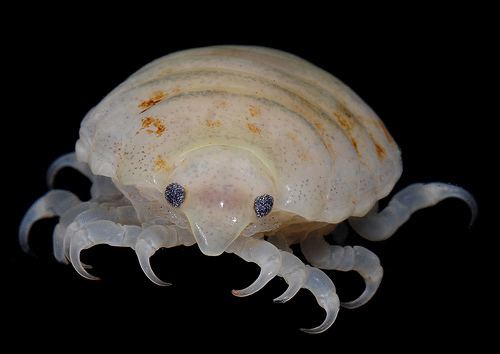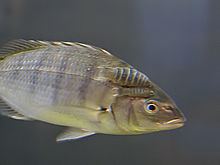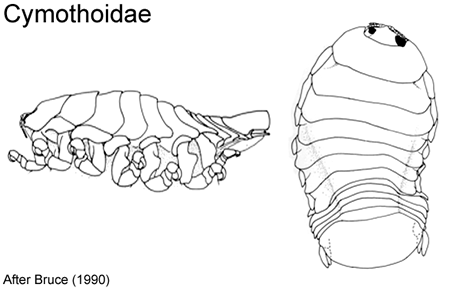Scientific name Cymothoidae Higher classification Flabellifera | Rank Family | |
 | ||
Lower classifications Cymothoa exigua, Nerocila, Anilocra, Enispa | ||
The Cymothoidae are a family of isopods in the suborder Cymothoida and are found in both marine and freshwater environments. Cymoithoids are ectoparasites, usually of fish, and among their number they include the bizarre "tongue-biter" (Cymothoa exigua) which attaches to a fish's tongue causing it to atrophy, and replaces the tongue with its own body. Around 40 genera and more than 380 species of cymothoid are recognised.
Contents

Characteristics

Cymothoids exhibit various adaptations to their carnivorous and parasitic lifestyles. As juveniles they are not specific in their requirements and attach themselves temporarily to the skin of any fish. They produce anticoagulants and suck the fish's blood. They detach from their first host and later find another host. When they have found the correct species of fish for their adult development, they attach more permanently. As adults, most species require a particular host species and are also site-specific. Locations for attachment chosen by different species of parasite include the skin, the fins, the gills and the mouth, and some species bore into muscle.
Biology

Cymothoids are protandrous hermaphrodites. This means that each juvenile develops first into a male, but if there are no females nearby, the male will later become a female and attach permanently to the host. This female is able to secretes pheromones which prevent male cymothoids in the vicinity from becoming female. These parasites can cause serious damage to their hosts, ranging from slow growth rate, through tissue damage and anaemia, to death. Many host fish have mutualistic arrangements with certain shrimps such as Ancylomenes pedersoni, whereby the fish visits a "cleaning station" and the shrimps remove and feed on the cymothoid parasites.
Classification
According to the World Register of Marine Species, the family contains the following genera:

